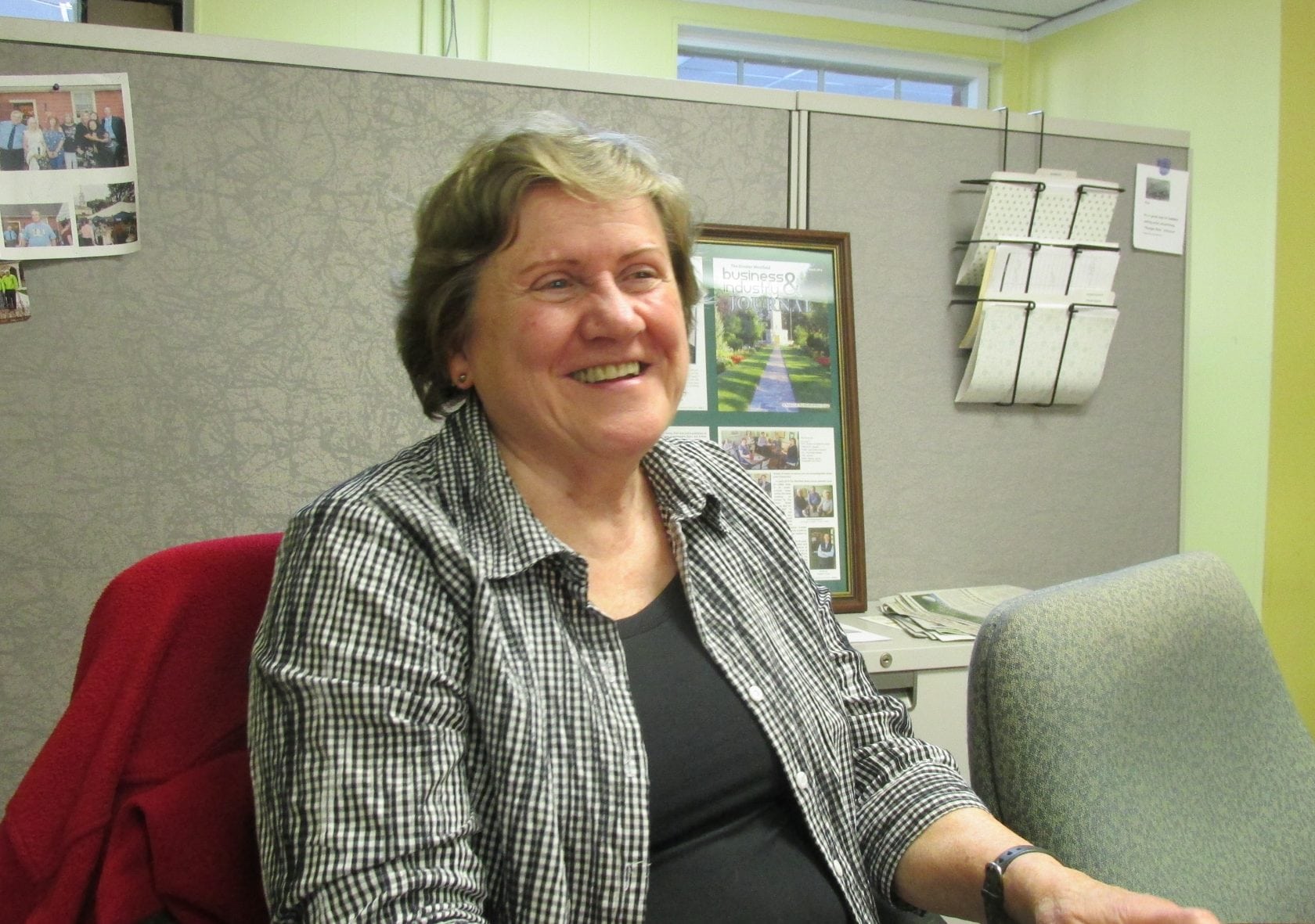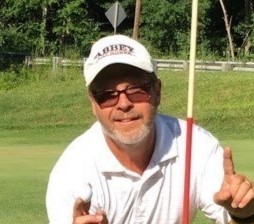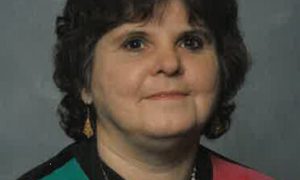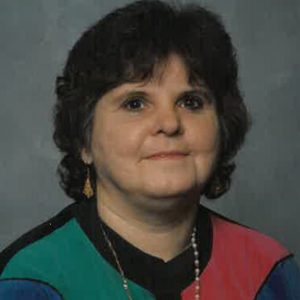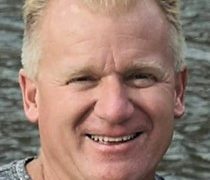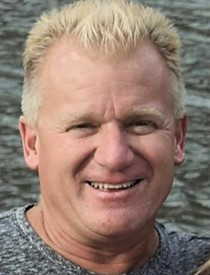WESTFIELD – No one has been following the water issues in Westfield more closely and for a longer period of time than Ward One Councilor Mary Ann Babinski.
A former teacher and business trainer, Babinski was born and raised in Westfield and graduated from St. Mary’s High School. She earned her bachelor’s in education at Westfield State University, and went on to earn a master’s in education with a concentration in administration at the university.
For the majority of her 25 years in education, she taught junior high school math in Easthampton. She followed that up by working for 25 years in a business in Palmer that dealt with the packaging industry, serving as a trainer and in customer support.
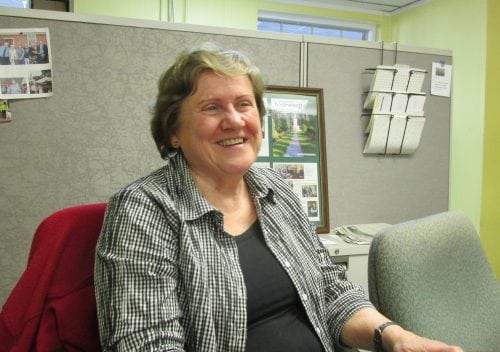
Ward 1 Councilor Mary Ann Babinski spoke on Monday about some of her experiences as an environmental activist. (Photo by Amy Porter)
“I played a lot of roles in teaching and business, taking customer service calls and using my teaching skills at the same time,” Babinski said.
Throughout her career, Babinski was always involved in environmental issues. She said at the school where she worked, there was a section that had mold from a leaking ceiling. “I tracked for a year the number of students out from the moldy unit,” she said, finding that student absences from illness were much higher in that section of the school. While working in industry, she also made sure people weren’t breathing in dust.
Soon after she came back to live in Westfield in the late 90’s, buying a house in Ward 1, people in the neighborhood started to get organized against a gas-fired power plant. “I got involved with them. They asked me if I’d take over as leader,” she said.
Because of the power plant, Babinski also started going to BAPAC (Barnes Aquifer Protection Advisory Committee) meetings in 2010. She also got involved in the Toxic Action Center, ACE (Alternatives for Community and Environment), an environmental justice organization where she served on the board for three years; Clean Water Action, and Environment Massachusetts, a citizen-based environmental advocacy project.
Babinski has also twice walked 100 miles across the state; the first time to deliver a petition protesting the power plant, and the second time to request an executive order from Governor Deval Patrick to update the state’s environmental policy, which had not been updated in more than ten years. “We delivered this to Rick Sullivan, chief of staff for Deval Patrick,” she said.
Governor Patrick did sign the order in November, 2014, following which Babinski worked for months on the new environmental justice policy with Martin Suuberg of the Department of Environmental Protection (DEP), until Governor Charles Baker was elected and put his own people in there, according to Babinski.
“We worked on that policy for a long time,” she added. She said Baker did release a new policy, but she still has some issues with it.
“Whether on the city level, state level or federal level, you can spend years working on something; it’s no good unless there’s oversight,” Babinski said. “It was a good experience, seeing how people can work together and collaborate. Sometimes you hold fast to things you think are important,” she added.
Babinski said during the walk across the state for environmental justice in 2013, she met with communities along the way, discussing issues with the people. When she returned, she said her ward was looking for a voice on the City Council.
“I sent them out with a task to find somebody, and they came back and said ‘you.’ I said I would do it; ran in 2013 and lost by nine votes,” she said, adding that she was blamed for the loss because during the campaign she was on a walk to New Bedford for environmental justice. They urged her to run again.
“For that whole two years, I attended almost every City Council meeting, and meetings that had to do with things happening on the north side,” Babinski said, adding, “You see where things maybe need to be changed. I think it’s improved a lot since before I got on.”
In her second run in 2015, she won the seat. “Do I think I’m a politician? No. Part of what I wanted to do is help people understand the process. They just needed to know,” Babinski said. “I knew it would be difficult,” she added
She said the first two years went by very quickly. When items on the agenda involved projects in her neighborhood, she used her grass roots training and connections to contact everybody and let them know. “You don’t get everything you want all the time. I’ve met some amazing people in the ward,” she said. She also let the people with whom she used to work on issues know that they were not the only ones in the ward that had her ear.
Babinski said she has fought and paid attention to air and water issues in the north of the city since 2010. As soon as the recent water issues came up in 2016, she got on the agenda as chair of the Natural Resources sub-committee a motion to strengthen the city’s Water Resource Protection Zoning Ordinance, which she hopes to complete this year.
“Everybody from the residents to city officials are victims,” Babinski said about the current situation. “This would have been a perfect way to pull together as a community, and for some reason, whatever, it took a divergent path,” she added.
Babinski said in 2013, the Environmental Protection Agency required all communities to test the water for PFAS. In 2016, they lowered the advisory limit to 70 parts per trillion. She believes the city was proactive in shutting the wells down, and has worked hard to deal with the problem. “They were doing their homework. This is when we should have pulled together. I am very supportive of their efforts,” she said.
“People in my ward are saying let’s get this bond passed,” she added.
Babinski said she has seen this evolve from the beginning, through discussions in BAPAC and since the state DEP got involved, when she helped them to get permission to test private wells. “I knocked on doors,” she said. For three wells that tested over the limit, the state brought in bottled water, and fit some houses with GAC (granulated activated carbon) filters.
“Those filters they are using on the private wells are taking out those contaminants to non-detect,” Babinski said.
She has also attended a conference in Boston held by the state DEP, which is finalizing what they will set as the regulations for state numbers and safe parts per trillion. She said all of the information on that forum is linked at www.cityofwestfield.org under Public Works, Water and PFC’s. She said they are testing for contaminants, and encourages residents who do their own testing, to send their results to the DEP.
Babinski referred to Systems Engineer Heather Stayton’s response to a question at the May 3 City Council meeting, where she said that the city’s design for GAC is flexible enough to add treatment for other contaminants in the future with additional methods.
Babinski said she has talked to people on the outside, such as Martin Suuberg of the DEP about some of the issues in Westfield. According to Babinski, Suuberg said the first priority should be to take care of the problem.
“Why are we battling each other,” Babinski said. “I voted for it ($13 million bond) twice already, and I’m going to vote for it again.”

